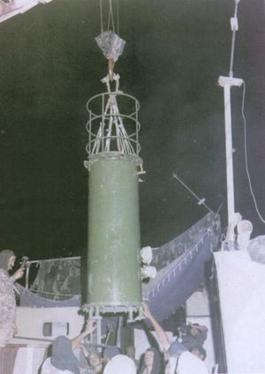In India, conducting the Nuclear Test in Pokaran was to introduce the entire world, the unlimited nuclear power of India and establish itself in the top countries of the world. It proved to be a game-changer for India’s foreign policy
According to a famous saying, history is made by those who do not care about the world. 22 years ago, India had created a similar history which gave a shock of 440 volts to the whole world.

The date of 11 May 1998 is recorded in the pages of history as Pokhran nuclear test. When against the will of the world’s superpowers, India became the sixth nuclear power of the world. Till then the Soviet Union, America, Britain, France and China had conducted nuclear tests.
A total of five nuclear tests were conducted from 11 May to 13 May 1998 in Pokhran under the leadership of the then Prime Minister Atal Bihari Vajpayee. These tests were conducted under a confidential campaign and the name of this operation was Operation Shakti. After successfully carrying out Operation Shakti, India declared itself a nuclear power country. But at that time, this thing did not go down to the countries who considered themselves as the contractors of nuclear power.
You should understand the five things that India got from this nuclear test and the five things that changed India forever.

The Thar Desert in the state of Rajasthan where the nuclear site, the Pokhran Test Range, is located.
First, that India had become the sixth nuclear-rich country in the world, which ensured the country’s national security. Secondly, after India’s nuclear test, Pakistan also conducted nuclear tests, due to which its lie was revealed to the world that it did not have any nuclear weapons.
The sanctions that most countries imposed against India were all lifted within five years. The US which had imposed the most strict sanctions on India, had finished all the restrictions in two years. In 2000, the then US President Bill Clinton visited India on his first visit. He was the first US President to do so in two decades.
After nearly eight years in October 2008, the then US President George W. Bush signed the civil nuclear deal with India. This nuclear friendship between India and America is still intact.

One of the objectives of the Pokhran nuclear test was to end the energy crisis by using nuclear power civilly. At present, India has achieved the capacity to generate 6780 MW of atomic energy and soon the target has been set to increase this capacity to 40 thousand MW.
But above all this is a sense of security of the country. Today, if China refrains from making any major attack on India, its credit also goes to the decision of the then PM Atal Bihari Vajpayee that established India as a nuclear power in the world.
Also read this

